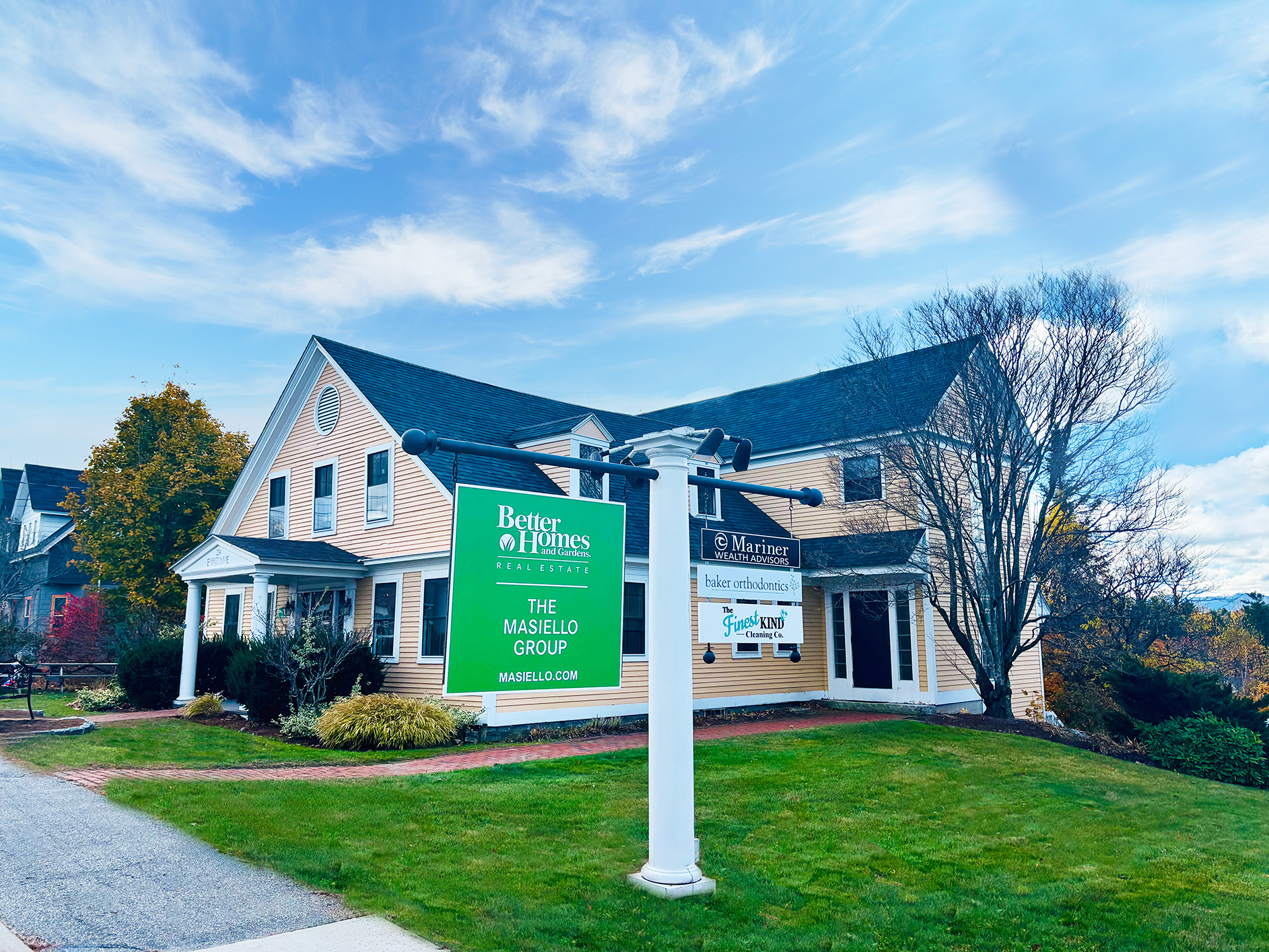 The good news from NAR was that Pending home sales rose again in November, with “…the broad trend over the past five months indicating a gradual recovery into 2011….” The Pending Home Sales Index (PHSI), a forward-looking indicator, rose 3.5 percent to 92.2; this number is based on contracts signed in November. The data is based on contracts and not closings, which usually occur within one or two months of a signed contract. Lawrence Yun, NAR chief economist, said historically high housing affordability is boosting sales activity. “In addition to exceptional affordability conditions, steady improvements in the economy are helping bring buyers into the market,” he said. “But further gains are needed to reach normal levels of sales activity.” In the Northeast, the PHSI increased 1.8 percent to 72.6 in November but is still somewhat below November 2009. The West was the only part of the country which actually showed a small increase above the same time period last year. “If we add 2 million jobs as expected in 2011, and mortgage rates rise only moderately, we should see existing-home sales rise to a higher, sustainable volume,” Yun said. “Credit remains tight, but if lenders return to more normal, safe underwriting standards for creditworthy buyers, there would be a bigger boost to the housing market and spillover benefits for the broader economy.” The 30-year fixed-rate mortgage is forecast to rise gradually to 5.3 percent around the end of 2011; at the same time, unemployment should drop to 9.2 percent. “All the indicator trends are pointing to a gradual housing recovery,” Yun said. “Home price prospects will vary depending largely upon local job market conditions. The national median home price, however, is expected to remain stable even with a continuing flow of distressed properties coming onto the market, as long as there is a steady demand of financially healthy home buyers.” “As we gradually work off the excess housing inventory, supply levels will eventually come more in-line with historic averages, and could allow home prices to rise modestly in the range of 2 to 3 percent in 2012,” Yun said. The National Association of REALTORS®, “The Voice for Real Estate,” is America’s largest trade association, representing 1.1 million members involved in all aspects of the residential and commercial real estate industries.
The good news from NAR was that Pending home sales rose again in November, with “…the broad trend over the past five months indicating a gradual recovery into 2011….” The Pending Home Sales Index (PHSI), a forward-looking indicator, rose 3.5 percent to 92.2; this number is based on contracts signed in November. The data is based on contracts and not closings, which usually occur within one or two months of a signed contract. Lawrence Yun, NAR chief economist, said historically high housing affordability is boosting sales activity. “In addition to exceptional affordability conditions, steady improvements in the economy are helping bring buyers into the market,” he said. “But further gains are needed to reach normal levels of sales activity.” In the Northeast, the PHSI increased 1.8 percent to 72.6 in November but is still somewhat below November 2009. The West was the only part of the country which actually showed a small increase above the same time period last year. “If we add 2 million jobs as expected in 2011, and mortgage rates rise only moderately, we should see existing-home sales rise to a higher, sustainable volume,” Yun said. “Credit remains tight, but if lenders return to more normal, safe underwriting standards for creditworthy buyers, there would be a bigger boost to the housing market and spillover benefits for the broader economy.” The 30-year fixed-rate mortgage is forecast to rise gradually to 5.3 percent around the end of 2011; at the same time, unemployment should drop to 9.2 percent. “All the indicator trends are pointing to a gradual housing recovery,” Yun said. “Home price prospects will vary depending largely upon local job market conditions. The national median home price, however, is expected to remain stable even with a continuing flow of distressed properties coming onto the market, as long as there is a steady demand of financially healthy home buyers.” “As we gradually work off the excess housing inventory, supply levels will eventually come more in-line with historic averages, and could allow home prices to rise modestly in the range of 2 to 3 percent in 2012,” Yun said. The National Association of REALTORS®, “The Voice for Real Estate,” is America’s largest trade association, representing 1.1 million members involved in all aspects of the residential and commercial real estate industries.
According to the December 2010 Economic Outlook released by Fannie Mae’s Economic & Mortgage Market Analysis Group, improvements in consumer spending & confidence, increased demand for goods & services, and falling unemployment claims are all positive factors pointing to a housing recovery going into 2011. Fannie Mae’s Chief Economist Doug Duncan says, “We expect modest increases in home sales, despite recent interest rate rises, due in part to modest additional declines in home prices, and we expect people to take advantage of affordability as their employment and income outlook brightens.”
While total home & condo sales in *9 area towns for 2010 were about the same as in 2009, with a slight decrease in the median selling price, Springfield, Wilmot and Bradford all saw increases in their sales numbers – encouraging news for our market area!
Sold Listings Median Selling Price Ave. Days on Market
2010 261 $236,500 175
2009 257 $245,000 158
*Andover, Bradford, New London, Newbury, Springfield, Sunapee, Sutton, Wilmot, Warner
Broker Associate
 The August 23, 2010, issue of RISMEDIA online daily newsletter included an article by David S. Jones, discussing the pros and cons of reverse mortgages. Jones, the senior editor for the Real Estate Center at Texas A&M University, took much of the material from an article in the July issue of Tierra Grande magazine by Dr. James Gaines, research economist for the Real Estate Center.
The August 23, 2010, issue of RISMEDIA online daily newsletter included an article by David S. Jones, discussing the pros and cons of reverse mortgages. Jones, the senior editor for the Real Estate Center at Texas A&M University, took much of the material from an article in the July issue of Tierra Grande magazine by Dr. James Gaines, research economist for the Real Estate Center.
Although these mortgages may not benefit everyone, there is no doubt that they are becoming more popular. They use, as a basis, the home’s current value, borrower’s age and existing interest rates. The loan can come as a lump sum payment, spread out in specific amounts or as a line of credit, or both.
Pros of a Reverse Mortgage
• There is no fixed due date.
• As long as the home remains the borrower’s principal residence,
no repayment is required
• Loans are payable upon death, sale, ceasing to live in the home or failure to keep taxes, insurance or maintenance current.
• Borrowers cannot be foreclosed on.
• Reverse mortgages are nonrecourse loans. The amount owed can never exceed the selling price.
• Borrowers continue to hold title to the property.
• There are flexible payment options.
• Loan proceeds are not taxable.
• Underwriting and approval do not depend on the borrower’s current income or employment status.
• Would-be borrowers are required to meet with an independent financial counselor prior to getting a loan.
• The lender’s lien on the property is removed if the lender fails to make loan advances according to the agreement.
Cons of a Reverse Mortgage
• Homeowners must be at least 62 years old, own their home outright or have high home equity.
•Typically, reverse mortgages provide around 65 percent of the home’s value.
• The loan, all accrued interest and costs are due when the borrower dies. Usually, the home would need to be sold to repay the loan at this time. If an heir wishes to retain the home, the full amount due must be paid off, even if it exceeds the current value of the home.
• To offset fairly high up-front costs, borrowers often need to stay in the home at least ten years.
• Borrowers are responsible for all other ownership costs.
• Homes can be foreclosed on if borrowers cease to live in them for 12 consecutive months or default on any obligation, such as maintenance, taxes or insurance.
• Generally, reverse mortgages can have more complicated terms and conditions and can also generate fairly aggressive solicitation for other products and services.
For a comprehensive explanation, read “Reverse Mortgages: Alternative Home Equity Funding” by Gaines and former Center research assistant Beth Thomas. It can be found online at http://recenter.tamu.edu/pdf/1939.pdf.
 The news was full of sales data from many sides about the sharp dip which existing-home sales took in July on the heels of the expiration of the home buyer tax credit. However, according to the National Association of REALTORS®, home prices continued to gain.
The news was full of sales data from many sides about the sharp dip which existing-home sales took in July on the heels of the expiration of the home buyer tax credit. However, according to the National Association of REALTORS®, home prices continued to gain.
Existing-home sales, which include completed transactions of single-family, townhomes, condominiums, and co-ops, dropped 25.5 percent from July, 2009. This meant that the seasonally adjusted annual rate was 3.83 million units in July, 2010, vs. 5.26 million in June, 2010. This is the lowest level since May of 1995.
The total housing inventory increased 2.5 percent to 3.98 million homes available for sale (a 12.5-month supply at the current pace, up from an 8.9-month supply in June); however, the median existing single-family home price was $183,400 in July, which is 0.9 percent above a year ago.
Although existing-home sales in the Northeast dropped 29.5 percent to an annual pace of 620,000 in July and are 30.3 percent lower than a year ago, the median price in the Northeast was $263,800, which is up 4.8 percent from July 2009.
Source: NAR
August, 2010
 As recently reported in the New Hampshire Union Leader (Monday, July 19, 2010) by Doug Ireland with The Eagle-Tribune, a recent state report shows rental costs rising, despite the overall economic climate. The report was issued by the New Hampshire Housing Finance Authority and concluded, that despite the fact that home prices are still adjusting downward, rents are still increasing.
As recently reported in the New Hampshire Union Leader (Monday, July 19, 2010) by Doug Ireland with The Eagle-Tribune, a recent state report shows rental costs rising, despite the overall economic climate. The report was issued by the New Hampshire Housing Finance Authority and concluded, that despite the fact that home prices are still adjusting downward, rents are still increasing.
Over the past year the median price for a typical 2-bedroom apartment, which includes utilities, rose about 2% to $1,056 ($1,205 in Rockingham County). This trend of rising rent prices is making it hard for some residents to pay their rent. The median income in Rockingham County is already lower than what is estimated to be needed to keep up with the rent payments. It is the same case statewide. There are approximately 31,315 rental units in the state.
At the same time, there are more and more rental units coming on the market as sellers, particularly of upper end properties over $350,000, give up trying to sell and decide to rent instead. There are also more potential renters moving into the market from foreclosure loss of home as well.
For those who can get qualified to buy a home, this is still the best time in years to do so, especially considering the current rates and inventory.
One of the things which has the most impact on our market is what is going on in states from which many of our buyers come. That’s why it was exciting to see a couple of articles in RISMedia at the end of June which was reporting increased sales of single-family homes in Connecticut and Massachusetts. These sales were up about 39% in Connecticut and about 37% in Massachusetts in May 2010. As reported in one of the articles, this was “…the sharpest increase in sales year-over-year for the month of May in more than two decades…” from the latest report by The Warren Group, publisher of The Commercial Record. Some of this increase was certainly attributable to the First Time Home Buyer Tax Credit, but the Warren Report also expressed the opinion that pent-up demand from buyers who had been delaying buying a home because of concerns about the economy or job security had also added to the surge. A good number of the buyers in our area-for retirement, vacation, or even relocation-do come from Connecticut and Massachusetts. This news would indicate that these buyers may be feeling more confident about pursuing purchases in New Hampshire and that will be good news for sellers. Source of Information: a Regional Spotlight article posted in RISMEDIA, June 30, 2010 and June 25, 2010
Contrary to popular belief, the following factors have no effect on the current value of your property: what you paid for your house; what cash proceeds you want (or need) from the sale; what your friends and neighbors say your property is worth.
Your property’s value is determined by several separate factors, including the following, over which you have no control: the physical qualities of your property (location, age, size of house and lot, floor plan and style); market conditions (interest rates and availability of financing, buyer demand, prices of recently sold properties, the state of the economy and seasonal demand); and the competition (the number of similar properties for sale, their prices, financing terms, location and physical condition).
Your house has many values—
One to the tax assessor, others to your lender and insurance company, and yet another value to you, the owner. Prospective buyers will also value it differently. It is what a buyer will pay, based on current conditions, which ultimately determines “market value”.
A professional Competitive Market Analysis is the best tool to determine the current market value of your property. It will focus on similar houses that have recently sold and those now on the market, the competition. It will also consider those which did not sell and came off the market.
Buyers do comparison shopping. The best price obtainable for your house will be determined by the market. Houses that do not meet the current competition in price and terms simply do not sell. In fact, they may even help sell the competition!
The price at which your house is marketed must attract enough attention among buyers and buyers’ brokers to generate showings and offers.
Was this helpful?
 For more information email: info@cbmilestone.com
For more information email: info@cbmilestone.com
603-526-4116
In the New London/Lake Sunapee area real estate market, or any market for that matter, overpricing a home in a buyer’s market is definitely not a good strategy for selling. Today’s buyers are very cautious about overpaying, are more discerning and are less likely to accept defects found on inspections. With the abundance of properties on the market and price reductions seen on a daily basis, buyers are taking longer to buy and are pickier about what they buy. Sellers should not aggressively price their house in anticipation of buyers making offers. Most buyers won’t waste their time offering on a listing over-priced for the market – especially when there are other choices. In fact, other agents will use your over-priced listing to help them sell the well-priced listings. In this changing market, sellers are no longer in the driver’s seat. Comparable sales from even a few months ago may not be applicable for today’s market. For best results, rely on your realtor for a realistic price assessment. [caption id="attachment_52" align="aligncenter" width="117" caption="Donna Forest, ABR"]
 [/caption]
[/caption]




